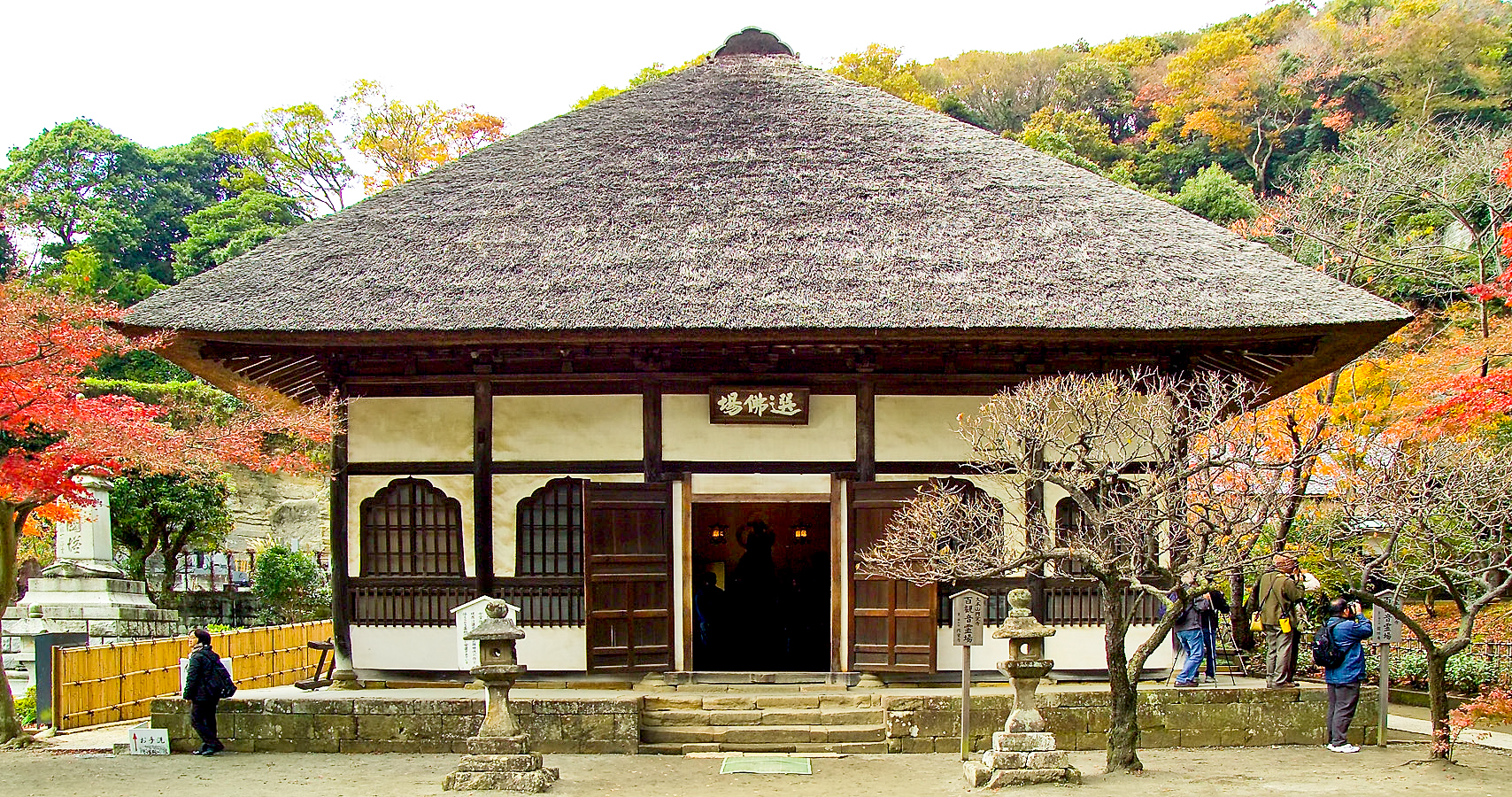Katōmado on:
[Wikipedia]
[Google]
[Amazon]
 , also written , is a style of pointed arch or bell-shaped window found in Japanese architecture.In English, this type of window is also simply called " cusped window". It first arrived in Japan from China together with
, also written , is a style of pointed arch or bell-shaped window found in Japanese architecture.In English, this type of window is also simply called " cusped window". It first arrived in Japan from China together with
 , also written , is a style of pointed arch or bell-shaped window found in Japanese architecture.In English, this type of window is also simply called " cusped window". It first arrived in Japan from China together with
, also written , is a style of pointed arch or bell-shaped window found in Japanese architecture.In English, this type of window is also simply called " cusped window". It first arrived in Japan from China together with Zen
Zen ( zh, t=禪, p=Chán; ja, text= 禅, translit=zen; ko, text=선, translit=Seon; vi, text=Thiền) is a school of Mahayana Buddhism that originated in China during the Tang dynasty, known as the Chan School (''Chánzong'' 禪宗), and ...
Buddhism, as an element of Zen style architecture, but from the end of the 16th century it started to be used in temples of other Buddhist
Buddhism ( , ), also known as Buddha Dharma and Dharmavinaya (), is an Indian religion or philosophical tradition based on teachings attributed to the Buddha. It originated in northern India as a -movement in the 5th century BCE, and ...
sects, Shinto shrines, castles
A castle is a type of fortified structure built during the Middle Ages predominantly by the nobility or royalty and by military orders. Scholars debate the scope of the word ''castle'', but usually consider it to be the private fortified ...
, and samurai
were the hereditary military nobility and officer caste of medieval and early-modern Japan from the late 12th century until their abolition in 1876. They were the well-paid retainers of the '' daimyo'' (the great feudal landholders). They h ...
residences as well. The window initially was not flared, but its design and shape changed over time: the two vertical frames were widened and curves were added at the bottom. The ''kanji'' characters used for its name have also changed through the centuries, from the original "fire window" to "flower head window".
The oldest extant example of ''katōmado'' can be found in Engaku-ji
, or Engaku-ji (円覚寺), is one of the most important Zen Buddhist temple complexes in Japan and is ranked second among Kamakura's Five Mountains. It is situated in the city of Kamakura, in Kanagawa Prefecture to the south of Tokyo.
Founde ...
's ''Shariden'' (Relic Hall)This hall was moved to its current location in 1563.(source: ) The original is believed to have been built sometime between the late 14th century and the mid 15th century.(source: ) in Kamakura, which is thought to closely follow the original style as it was introduced to Japan, with the vertical frames touching the bottom in straight lines. Another well-known example can be found in the room called in the Main Hall at Ishiyama-dera
is a Shingon temple in Ōtsu in Japan's Shiga Prefecture. This temple is the thirteenth of the Kansai Kannon Pilgrimage.
History
It was constructed around 747 CE, and is said to have been founded by Rōben. The temple contains a number of cu ...
, Shiga prefecture
is a prefecture of Japan located in the Kansai region of Honshu. Shiga Prefecture has a population of 1,412,916 (1 October 2015) and has a geographic area of . Shiga Prefecture borders Fukui Prefecture to the north, Gifu Prefecture to the north ...
. For this reason, ''katōmado'' are also known as .
See also
*Glossary of Shinto
This is the glossary of Shinto, including major terms on the subject. Words followed by an asterisk (*) are illustrated by an image in one of the photo galleries.
__NOTOC__
A
* – A red papier-mâché cow bobblehead toy; a kind of ''engimo ...
Notes
References